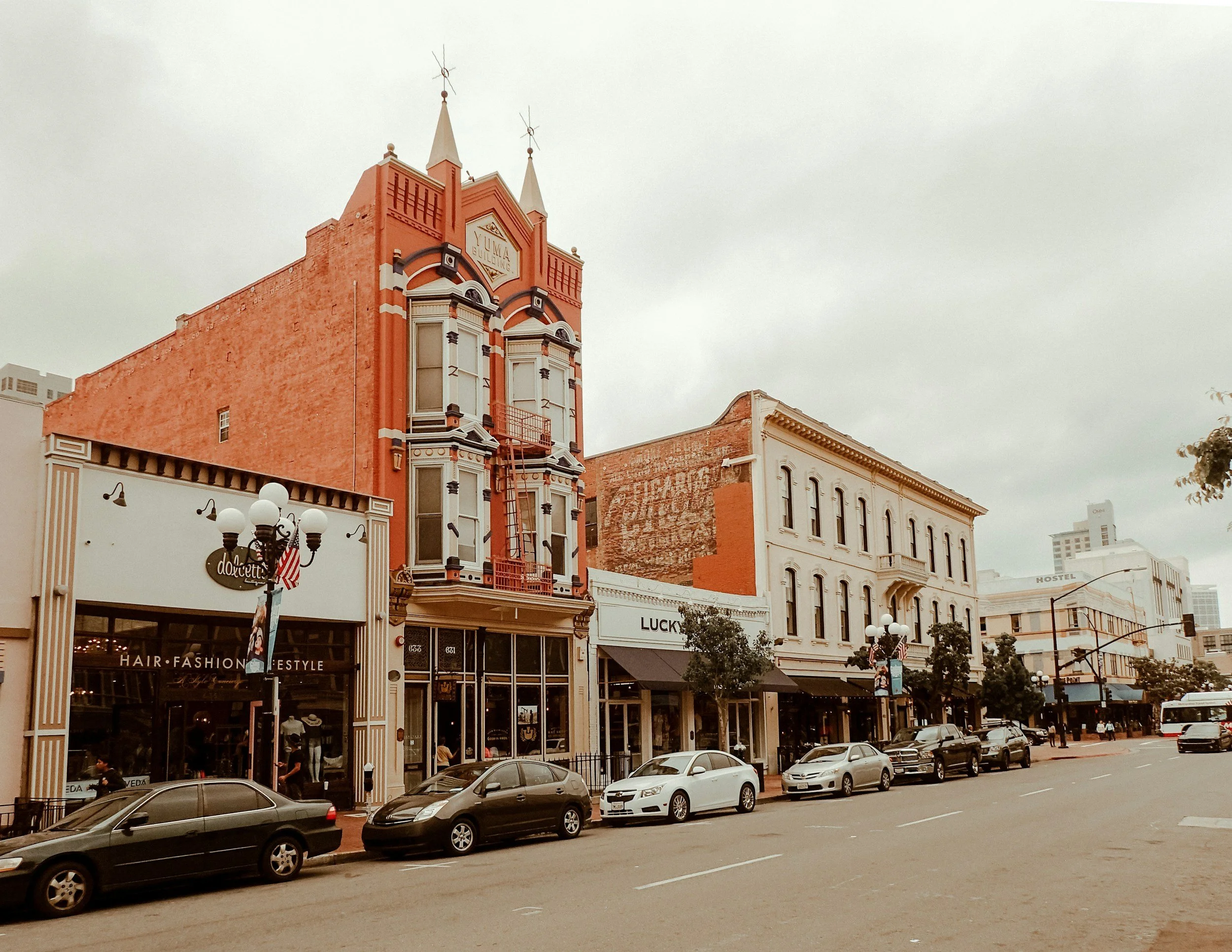Key Takeaways from NZA’s Analysis of NE Oklahoma
One of the key takeaways from the National Zoning Atlas (NZA) aligns with Housing Forward’s main goal: Where can we build missing middle housing?
This type of housing used to be legal in Oklahoma. You’ve seen it before - those small-town main street buildings with a mom-and-pop shop on the ground floor and a few apartments above. It’s the kind of housing that makes neighborhoods walkable and supports local businesses.
Across Oklahoma, there are some six-plex and 12-plex brick buildings, duplexes, and larger homes converted into three or four units - classic examples of missing middle housing. But most of it was built 100 years ago. Over the past few decades, our zoning code and over-regulation has made it nearly impossible to build housing like that anywhere in the state.
Missing middle housing by its very nature increases the number of available, affordable homes in our community. These are homes someone can afford on a firefighter’s salary, or a teacher’s or police officer’s salary. A lot of our current housing stock is simply out of reach for working-class Oklahomans.
We’re trying to change that. This is really an opportunity to right-size the housing stock to reflect today’s realities. Because right now, Oklahoma’s housing stock is out of balance. While many homes in Oklahoma are designed with families in mind, the most common household size today is two people, often sharing one room. The second most common is a single-person household. This highlights a significant gap between our current housing stock and the diverse needs of our population.
What Disney Shows Us
People from all over the country vacation in places like Disney World, where they can walk down what looks like a charming main street of a downtown, with shops below and “apartments” above. It feels like this idealized version of a neighborhood - because it is. Disney builds it to a tee. And yet, we’ve made that very pattern illegal to build in our own cities.
The NZA map helps in two ways: first, it shows where missing middle housing is still legal (because yes, a few places still allow it); and second, it helps people visualize the positive impact it could have to re-legalize it in more communities.
We want to see a lot more areas on the NZA map that allow single-family and small multi-family homes on smaller lot sizes.
The Challenge of Lot Size Requirements
Another major takeaway: just how much land is consumed by our state’s minimum lot size requirements. In the city of Tulsa, just 9% of land can build a single-family home on a lot smaller than 5,000 square feet. Having the flexibility to build homes on smaller lots can help reduce overall cost burden to construction, allowing for more housing at more affordable prices, without straining city infrastructure.
That alone is a major barrier to affordable housing. Land is one of the biggest costs, outside of construction. According to the 2024 National Association of Home Builders (NAHB) survey, 13.7% of the cost of constructing a single-family home was land and 64.4% was construction. The housing equation is straightforward: land, construction, and market dynamics. While market forces play a role, we have the most direct influence over land and construction costs through thoughtful regulation. Right now in Oklahoma, we're artificially inflating the cost of land by enforcing large minimum lot size and not allowing lot splits, which keeps prices high and shuts many people out of homeownership. Recently Texas has passed some legislation to allow smaller lot sizes in larger communities.
There is some good news, though. In Tulsa County, 56% of land zoned for one-family homes allows accessory dwelling units (ADUs) with no occupancy restrictions.
Tribal Land Considerations
Oklahoma is one of the states with the largest amount of tribal land that NZA has included in its map. As a part of the zoning study of Oklahoma, NZA and Housing Forward are continuing to evolve the conversation on how zoning is classified specifically around tribal land. While recognizing the nuances around zoning and tribal land classification is important, improving access to zoning data for the communities that need it most is an important step in democratizing housing data.





